Countrymouse
Country exile in the city
When I get home from work, I intend to read their postings on 911. I noticed they have a whole series of those, too.

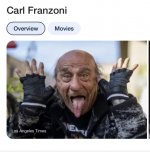
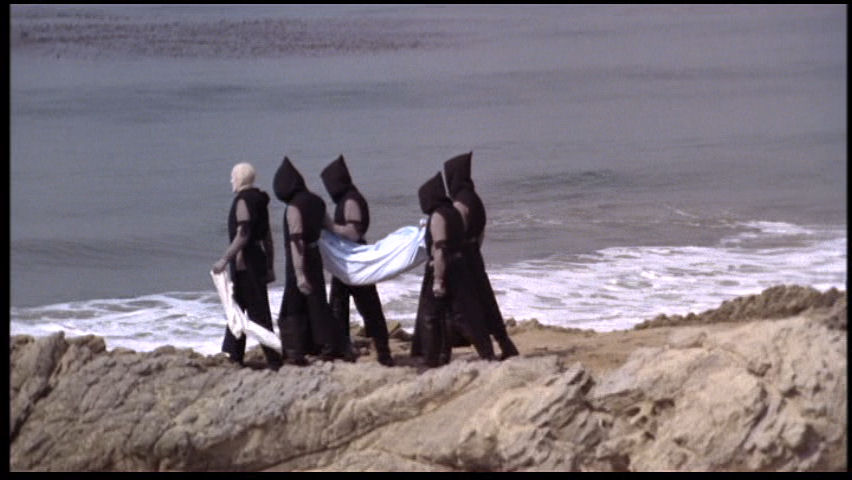
 ]
]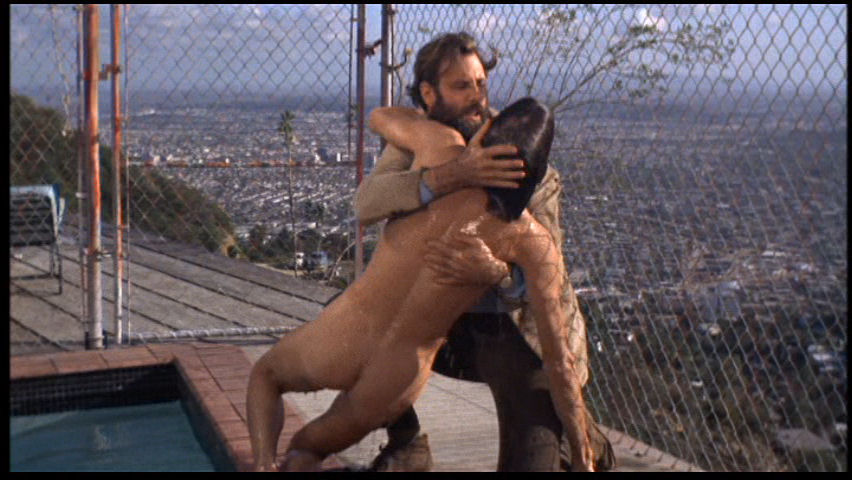


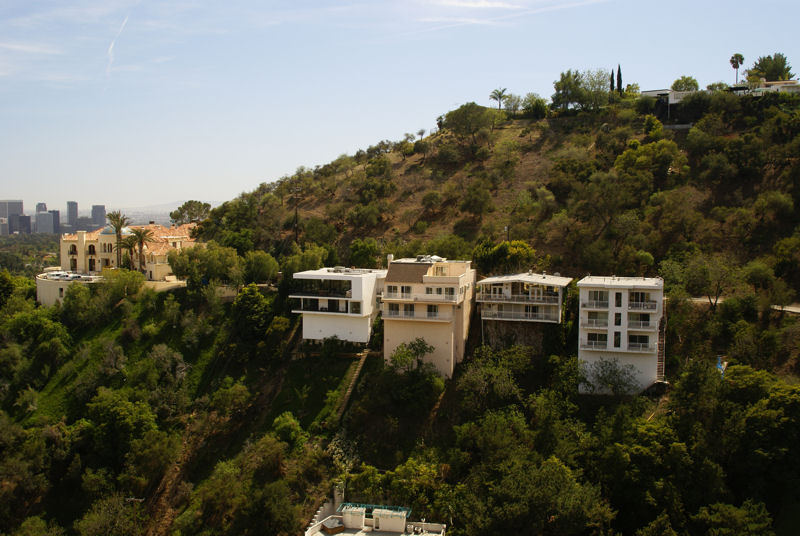
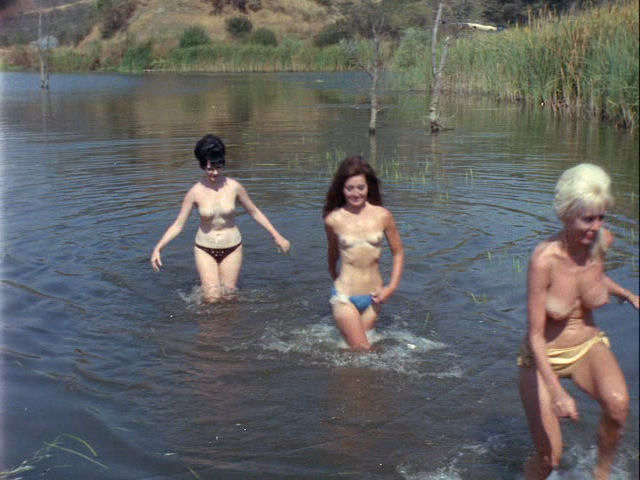
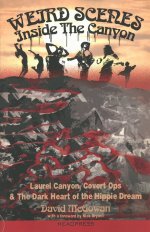
Do you mean like the posts @Countrymouse wants to bring over on 9-11? Sure!!! Then we could combine them and just change the title to the "Works Of David McGowan." Or, CM could actually start posting the 9-11 works in this thread. The only thing she has to do is transfer (copy & Paste) the information from McGowan's site into a WORD document, in order to get the full character count - because TB has a 10,000 character count for each post. So say the last article I just brought over here, (Part 7), once I copied it over to WORD it told me I had over 30K characters with spaces which told me Part 7 would take a total of 4 posts to bring it over in entirety . So I came on here and reserved 4 posts in a row so that it wouldn't be interrupted in between with posts by comments.Absolutely fascinating.
BE, if you want to consolidate things once it's all posted, that's doable if we start a new thread.

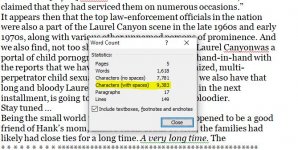
The Holy Spirit had a cover of protection over you!I spent a year in Hollywood, about a half mile from Laurel Canyon Blvd. and didn't have a clue.
If I'd known about all this, I'd have probably been arrested for trespassing....just drinking in all that history.
The Holy Spirit had a cover of protection over you!
I have got to take a break from reading but thank you BE for posting it. This is horrible and makes me sick especially when I think of how much I listened to and was enthralled with the music. Especially now knowing that music can be considered a low form of hypnotism.Carl's tongue riddled with genital wart bumps. He was probably a walking STD factory so word to the Canyon females that got passed at parties like appetizers. What swam inside Carl and Vito's bloodstreams got passed inside their female partners. Cervical nasties. These people were all demon infested.
View attachment 463073
I read Chuckie's book, and to tell you the truth it was written in a way that made the possibilty that it was true was possible. It was an interesting read. That was decades ago so I just recall it in a general sense of how I took it at the time. I read the original postings on Laurel Canyon when he was posting the original free on the internet.(Part 6 - Post 2 of 2)
Also at around that same time, according to author Ed Sanders, the Manson Family came calling at the Log Cabin: “One former Manson family associate claims that a group of four to six family members lived on Laurel Canyon Boulevard in the log cabin house once owned by cowboy-actor Tom Mix. They lived there for a few weeks, in late 1968, in a cave-like hollow in back of the residence.” According to Franzoni, Manson also came calling at the Vito Clay studio on Laurel Avenue: “Applebaum took over Vito’s place when Vito vacated at Beverly and Laurel. So he inherited all the people that came after that … he was the beginning of the Manson clan. Manson came there because he had heard about Vito but Vito was gone.”
It does not appear as though Vito was actually deported, by the way, but rather that he fled the country in a very Mike Ruppertian fashion to avoid likely prosecution. In any event, it makes perfect sense, in retrospect, that Charlie Manson and his Family came calling just as Vito fled the scene, and that a Mansonite replaced the Freak child as the embodiment of Lucifer. For the truth, you see, is that, in many significant ways, Charles Manson was little more than a younger version of Vito Paulekas. Consider, if you will, all of the following Mansonesque qualities that Vito (and to some extent, Carl) seemed to share:
Vito appears to have spent a good portion of his younger years in prisons and reform schools, as did, as we all know, Charles Milles Manson.
Vito considered himself to be a gifted artist and poet, as did our old friend Charlie Manson.
Vito, according to Miles, “was something of a guru,” as was, quite obviously, Chuck Manson.
Vito surrounded himself with a flock of very young (often underage) women, as did Manson.
Vito was considerably older than his followers, and so too was Charlie.
When Vito addressed his flock, they listened with rapt attention as though they were being delivered the word of God, as was true with Charlie as well.
Carl Franzoni was known to wear a black cape and refer to himself as “Captain *uck,” while Manson was also partial to black capes and declared himself to be “the God of *uck.”
Vito is said to have had a virtually insatiable libido, as did, of course, Chuck Manson.
Vito’s flock adopted nicknames to aid in the depersonalization process, as did Charlie’s.
Vito’s troupe included a Beverly Hills hairstylist named Sheldon Jaman, while Charlie’s included a Beverly Hills hairpiece stylist named Charles Watson.
Vito believed in introducing children to sexuality at a very young age, while in the Manson Family, as Sanders has noted, “Infant sexuality was encouraged.”
Vito apparently liked to stage live sex shows for his followers, usually involving underage participants, which was also a specialty of Charles Milles Manson.
Finally, Vito encouraged his followers to drug themselves while he himself largely abstained, thus enabling him to at all times maintain control, while Manson limited his own drug intake for the very same reason.
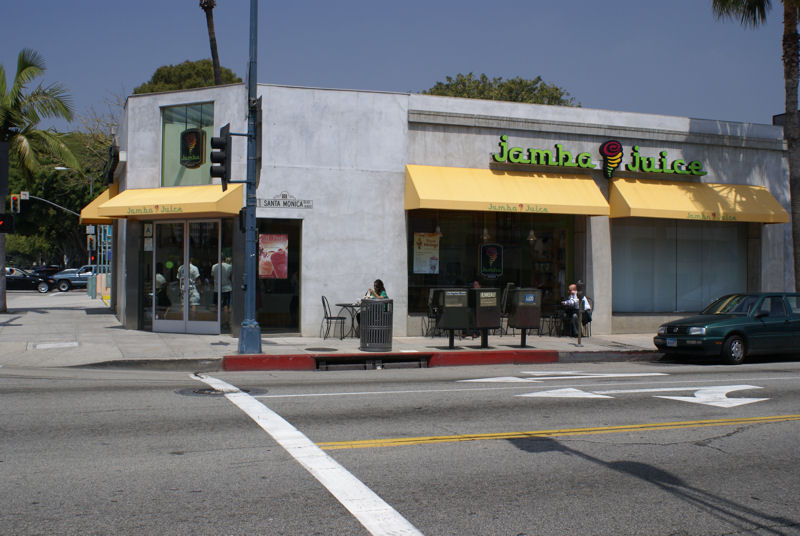
Franzoni and Manson were not, by the way, the only folks on the Laurel Canyon/Sunset Strip scene who developed a fondness for black capes in the latter half of the 1960s. As Michael Walker noted in Laurel Canyon, during that same period of time David Crosby had “taken to wearing an Oscar Wilde/Frank Lloyd Wright-ish cape wherever he went.”
In unrelated news, Ed Sanders notes in The Family that, “Around March 10, 1968, a convoy of seven Process automobiles containing thirty people and fourteen Alsatian dogs journeyed toward Los Angeles.” Vincent Bugliosi added, in his best-selling Helter Skelter, that in “1968 and 1969, The Process launched a major recruiting drive in the United States. They were in Los Angeles in May and June of 1968 and for at least several months in the fall of 1969.” The Processians, it should be noted, were instantly recognizable on the streets of LA due to the fact that they had a curious habit of donning black capes wherever they went.
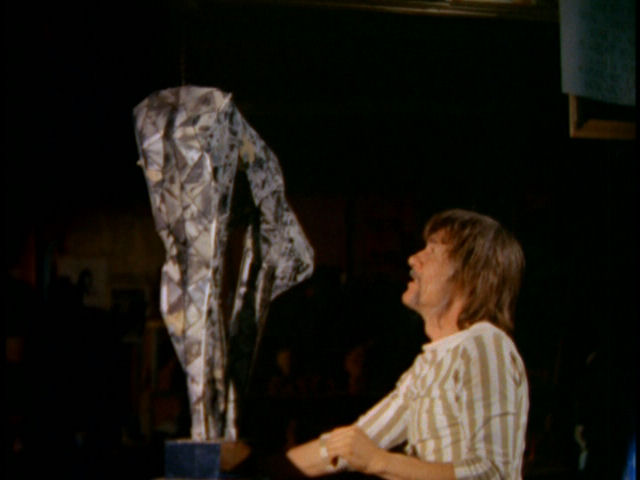
In other news, it appears as though Frank Zappa also displayed some of the same less-than-admirable qualities shared by Manson and Paulekas. As DesBarres observed, “Vito was just like Frank, he never got high either. They were both ringmasters who always wanted to be in control.” And as Barry Miles noted in his Zappa biography, Frank’s daughter Moon “recalls men with straggling beards, body odour and bad posture who crouched naked near her playthings …” Also, the “Zappa children watched porn with their parents and were encouraged in their own sexuality as soon as they reached puberty. When they became teenagers, Gail insisted they shower with their overnight guests in order to conserve water.” Because, you know, apparently the Zappas were having a hard time paying their water bill.
By the early 1970s, Vito Paulekas had resurfaced up north in Cotati, California, with Carl Franzoni once again at his side. The two were, by all accounts, treated like rock stars in the funky little town, and they are to this day proudly and prominently featured on the city’s official website. By some accounts, Vito even served as mayor of the town, with Franzoni assisting as his Director of Parks and Recreation. Paulekas also taught classes at Sonoma State College, presumably in the art department. Szou eventually split from Vito and went to work for an attorney, leaving the hippie life (and hopefully the “Z” in her name) behind. Franzoni, meanwhile, turned up now and then on that early version of America’s Got Talent known as The Gong Show (apparently as one of the ‘Worm Dancers’).
The Gong Show, of course, was the brainchild of Chuck Barris, who famously claimed that during the days when he appeared to be working as a mild-mannered game show producer, he was actually on the payroll of the CIA, and that while he was ostensibly serving as a chaperone to the couples who had won trips on The Dating Game, what he was really doing was carrying out assassinations. Kind of like, I guess you could say, that Harry Houdini guy. One reader, by the way, insists that “Chucky Baby” was at one time a resident of – guess where? – Laurel Canyon (though I have not been able to confirm that).

Anyway, during those same 1970s, “The cabin and treehouse scene,” according to Jack Boulware, “grew creepy.” Actually, it had always been pretty creepy, it likely just became a little more openly creepy. Eric Burden of the Animals moved in after Zappa vacated and the property continued to be communally occupied. In fact, it appears to have remained something of a commune throughout the 1970s, quite possibly right up until the time that it burned to the ground on October 31, 1981. Who paid the rent is anybody’s guess – as is why such a prestigious property seems to have been made available for dirt cheap to pretty much any “communal family of weirdos” who wanted to move in.
Vito Paulekas and Carl Franzoni appear to have remained in northern California throughout the 1980s and into the 1990s. Franzoni was still milling about the area as recently as 2002. In February of this year, the aging Freak, now reportedly 74, rode along on a tour of 1960s hotspots offered by a local tour company and delighted the crowd by reenacting his distinctive dance style in front of Vito’s former studio. The tour operator billed Franzoni as “the King of the Freaks,” a title formerly held by his mentor, Vito Paulekas. The original king, alas, had died in October of 1992. His memorial service was held, appropriately enough, on October 31, 1992.
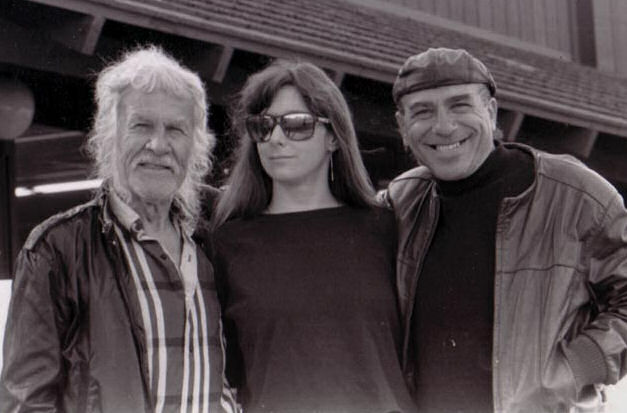
More images of Paulekas and Franzoni can be found at the following locations:
http://www.radfilms.com/mondo_hollywood_photo_album.html
Cotati, CA | Official Website (“Popup Exhibits” at the bottom of the page)
Where the Action Was Tour
To Be Continued …
I read Chuckie's book, and to tell you the truth it was written in a way that made the possibilty that it was true was possible. It was an interesting read. That was decades ago so I just recall it in a general sense of how I took it at the time. I read the original postings on Laurel Canyon when he was posting the original free on the internet.
WELCOME TO THE FORUM JT.I read Chuckie's book, and to tell you the truth it was written in a way that made the possibilty that it was true was possible. It was an interesting read. That was decades ago so I just recall it in a general sense of how I took it at the time. I read the original postings on Laurel Canyon when he was posting the original free on the internet.

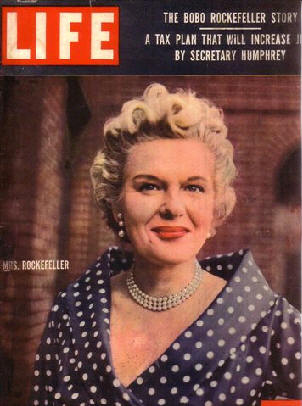
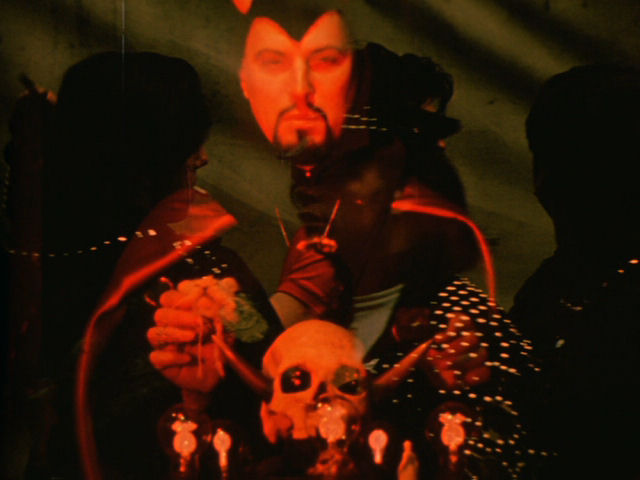
That's a thought, BE, but this weekend's out as it's my son's birthday, and I still have to organize my paper-piles (you know if you leave two pieces of paper alone together they breed) so I can get all my records ready for the CPA appt later this month. So I don't know when I'll get around to it. But I'll keep it in mind.Do you mean like the posts @Countrymouse wants to bring over on 9-11? Sure!!! Then we could combine them and just change the title to the "Works Of David McGowan." Or, CM could actually start posting the 9-11 works in this thread. The only thing she has to do is transfer (copy & Paste) the information from McGowan's site into a WORD document, in order to get the full character count - because TB has a 10,000 character count for each post. So say the last article I just brought over here, (Part 7), once I copied it over to WORD it told me I had over 30K characters with spaces which told me Part 7 would take a total of 4 posts to bring it over in entirety . So I came on here and reserved 4 posts in a row so that it wouldn't be interrupted in between with posts by comments.
Then I start highlighting/copying a few pages of the article I brought over from my WORD FILE (which is normally 4 pages worth) so I can see how close I'm getting to the 10K limit on our board. My second to last post on here from Part 7 took up 9317 characters, (or so WORD was telling me).
The first set of numbers on the left side of the slash ( / ) only show me how many words I'm bringing over that I have highlighted and ready to copy.
View attachment 463089
But when I click on those numbers (above) I get a popup menu that shows me how many characters WITH spaces the copy I take over here will eat up, as I'm always reminded we can only post up to 10,000 characters with spaces here or if we go over that limit it won't let us post until we get rid of the characters and spaces where we get back to our 10K limit.
View attachment 463090
I thought I might be able to get in 1 more paragraph, but when I included that last paragraph in my highlighting, my 'character count - according to WORD was at 11,530 - overshooting TB's 10K limit by 1,530 characters, so I know I had to un-highlight it and not include that paragraph, which would have to be used first in the NEXT post.
I guess some would say it's a pain, copying a long article over to my WORD program and then to have to bring it over here, based on the number of posts you'll need to get the whole article in, is a lot of work, but I've found, trying to gauge it myself and bringing my selections over here directly from the source, only to find out I've "exceeded the character limit" then going back and trying to figure where I need to cut it off is more of a P in the A, then just transferring to Word and letting World tell me the number of characters and spaces I'm about to copy over is either over the 10K limit, or just enough under the 10K limit to get it posted.
So reserving however many posts you'll need; so your article flows without any interruption comments in between, is the best way to keep the flow going.
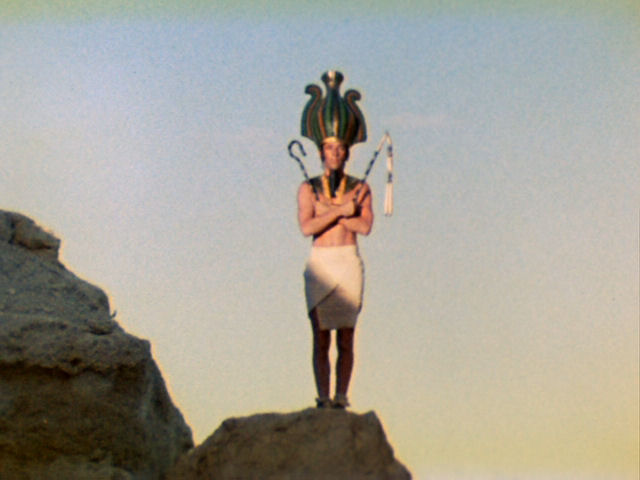
 ). Fox played ‘Chas,’ a violent organized-crime figure. He was trained for the role by David Litvinoff, a real-life crime figure and associate of the notoriously sadistic Kray brothers. Litvinoff reportedly sent Fox to the south of London for a couple of months to hang out with his gangster buddies; when he returned, according to various accounts, Fox had literally become the violent character he portrayed in the film.
). Fox played ‘Chas,’ a violent organized-crime figure. He was trained for the role by David Litvinoff, a real-life crime figure and associate of the notoriously sadistic Kray brothers. Litvinoff reportedly sent Fox to the south of London for a couple of months to hang out with his gangster buddies; when he returned, according to various accounts, Fox had literally become the violent character he portrayed in the film.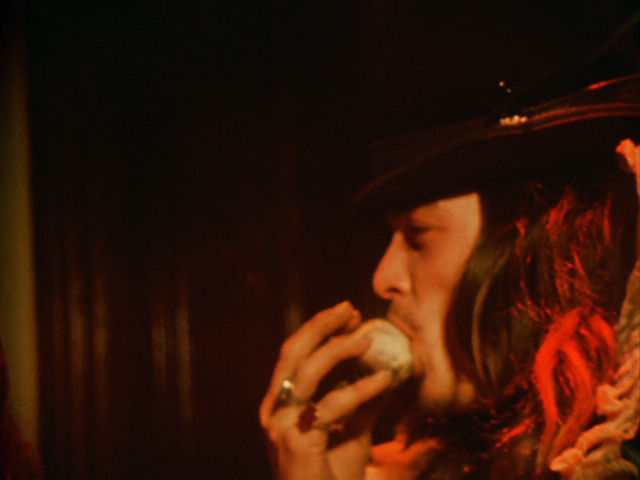
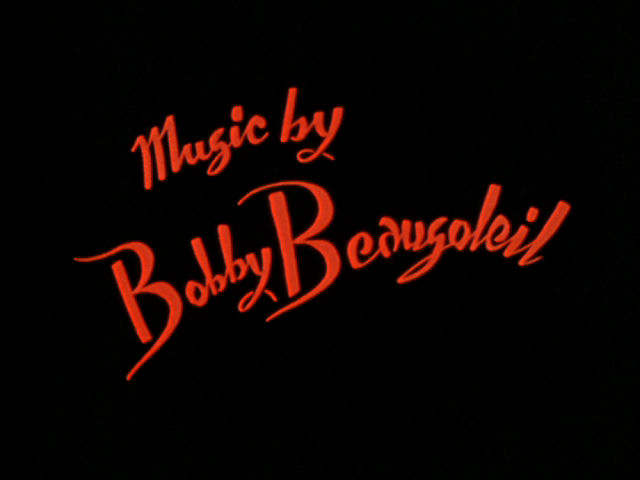

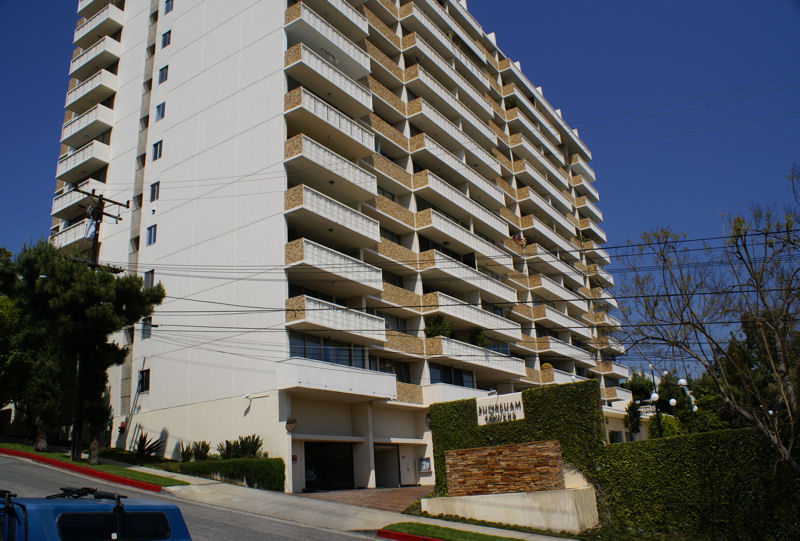
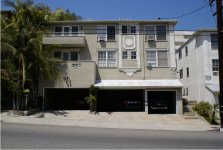
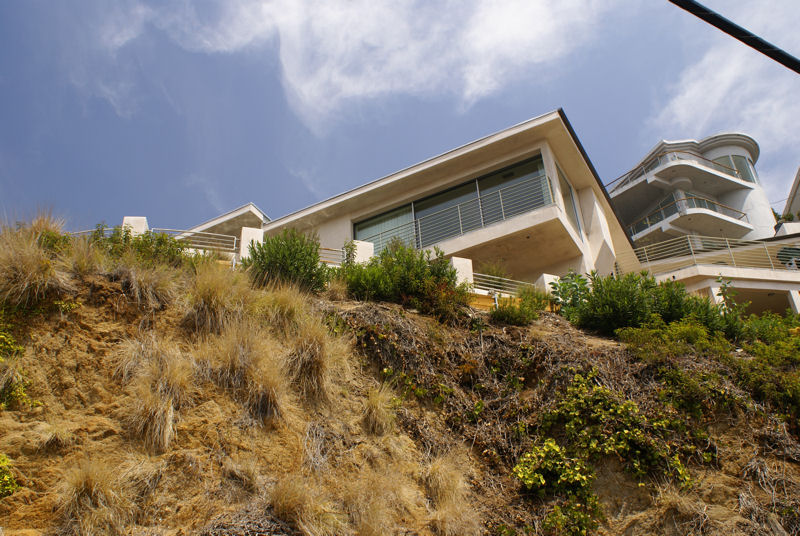

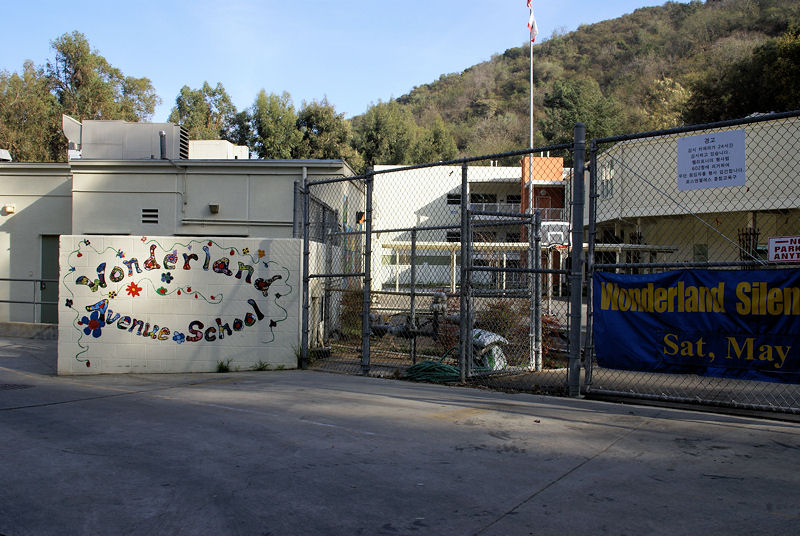
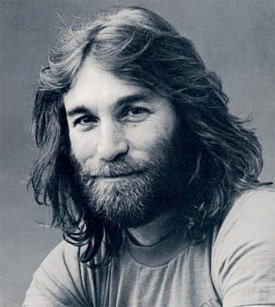

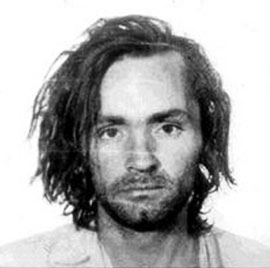
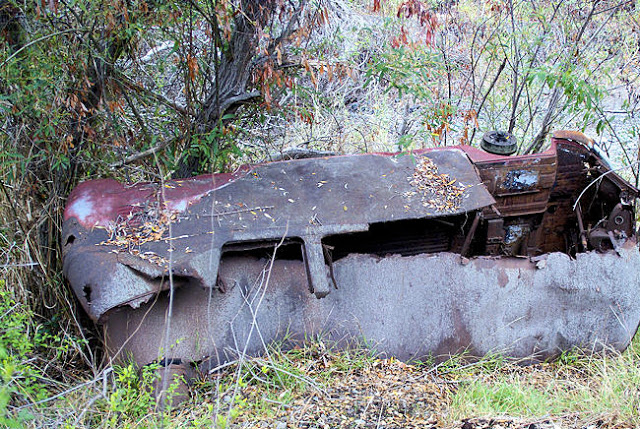
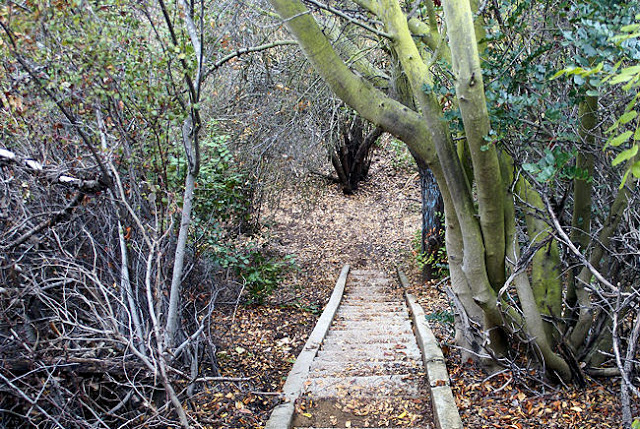


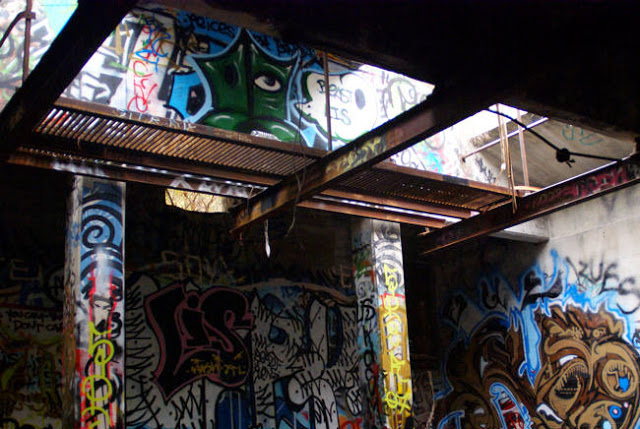
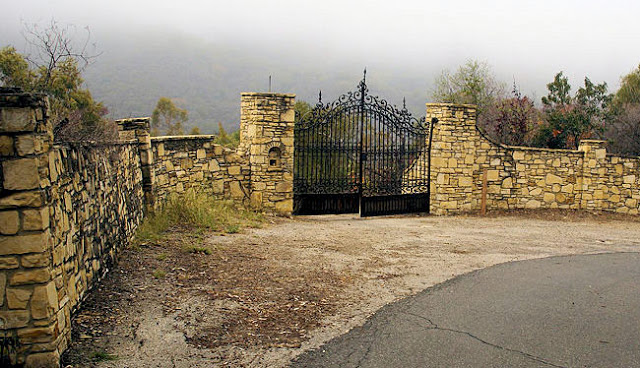
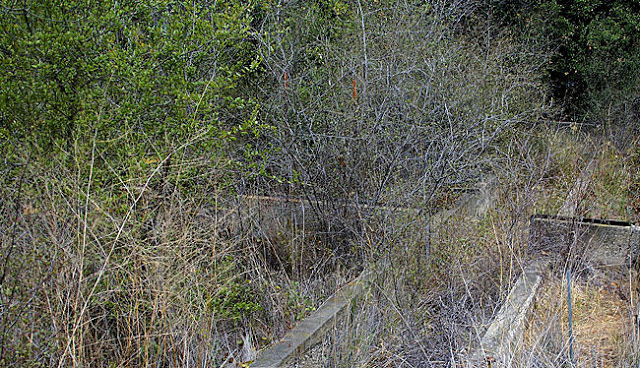

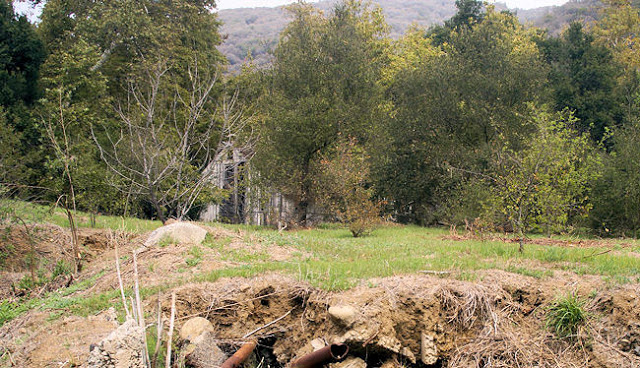

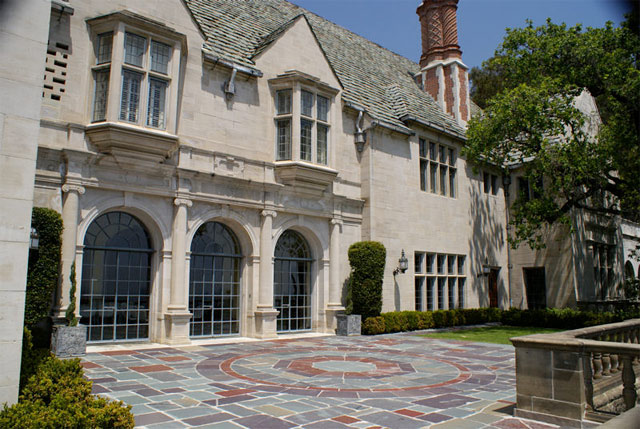
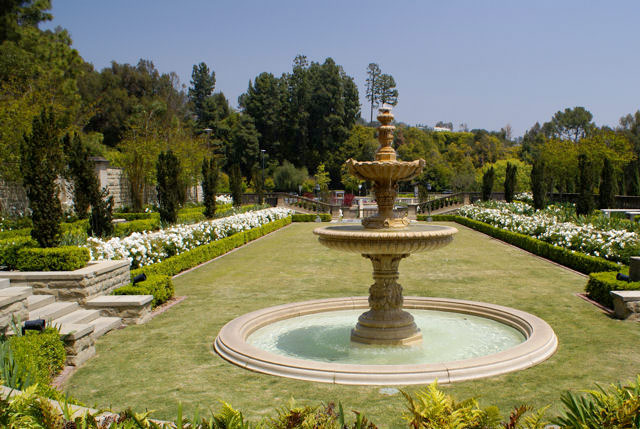
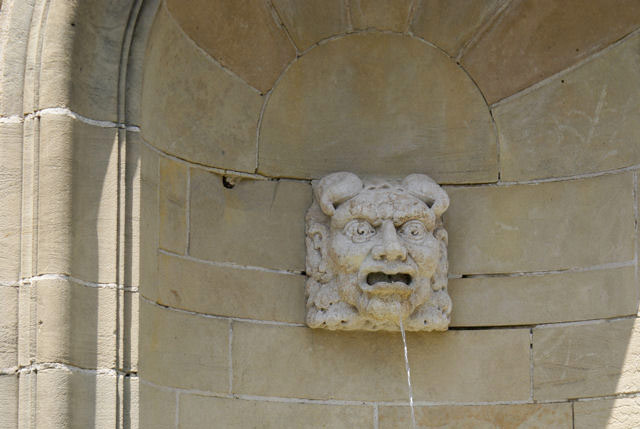
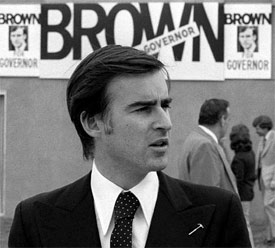
 I know this because he sent a few e-mails my way in which he denounced my site as being “based on slander and third-party hearsay,” or some such gibberish, and he followed that up by issuing some empty legal threats. As it turns out though, I don’t much give a **** what Robert Carl Cohen thinks of my website.http://www.davesweb.cnchost.com/
I know this because he sent a few e-mails my way in which he denounced my site as being “based on slander and third-party hearsay,” or some such gibberish, and he followed that up by issuing some empty legal threats. As it turns out though, I don’t much give a **** what Robert Carl Cohen thinks of my website.http://www.davesweb.cnchost.com/


 As a general rule of thumb, if a songwriter doesn’t know how to read and write music, he can play the song for someone who does and thereby create the sheet music (which was the case, for example, with all of the songs that Brian Wilson penned for the Beach Boys). But Jim quite obviously could not play his own songs. So did he, I don’t know, maybe hum them?
As a general rule of thumb, if a songwriter doesn’t know how to read and write music, he can play the song for someone who does and thereby create the sheet music (which was the case, for example, with all of the songs that Brian Wilson penned for the Beach Boys). But Jim quite obviously could not play his own songs. So did he, I don’t know, maybe hum them? ) instrument of choice as well. David Crosby, tasked with rhythm guitar duties, wasn’t much better. Crosby himself admitted, in his first autobiography (does anyone really need to write more than one autobiography, by the way?), that “Roger was the only one who could really play.”
) instrument of choice as well. David Crosby, tasked with rhythm guitar duties, wasn’t much better. Crosby himself admitted, in his first autobiography (does anyone really need to write more than one autobiography, by the way?), that “Roger was the only one who could really play.” I know this to be true because it happened to Charlie Manson on more than one occasion. In any event, no one will ever guess what happened to Chris Hillman’s mountaintop home, so I’ll just go ahead and tell you: it burned to the ground on what Walker described as a “hot, witchy day in the ‘60s.” According to Hillman, “Crosby was at my house an hour before the blaze. I can’t connect it yet–where the Satan factor came into play with David–but I’m working on it.”
I know this to be true because it happened to Charlie Manson on more than one occasion. In any event, no one will ever guess what happened to Chris Hillman’s mountaintop home, so I’ll just go ahead and tell you: it burned to the ground on what Walker described as a “hot, witchy day in the ‘60s.” According to Hillman, “Crosby was at my house an hour before the blaze. I can’t connect it yet–where the Satan factor came into play with David–but I’m working on it.”(Part 8 – Post 3 of 3) [A whole post just to squeeze in this little blurb]
One final note to readers: early on in this series, when I urged readers to pick up a copy of Programmed to Kill, I neglected to add that there is an older post on this website that you should read as well. If you haven’t done so already, or haven’t done so lately, pull up a chair and work your way through “Celluloid Heroes, Part II: The Tangled Web of Charlie Manson” at: http://www.davesweb.cnchost.com/wtc13.html.

